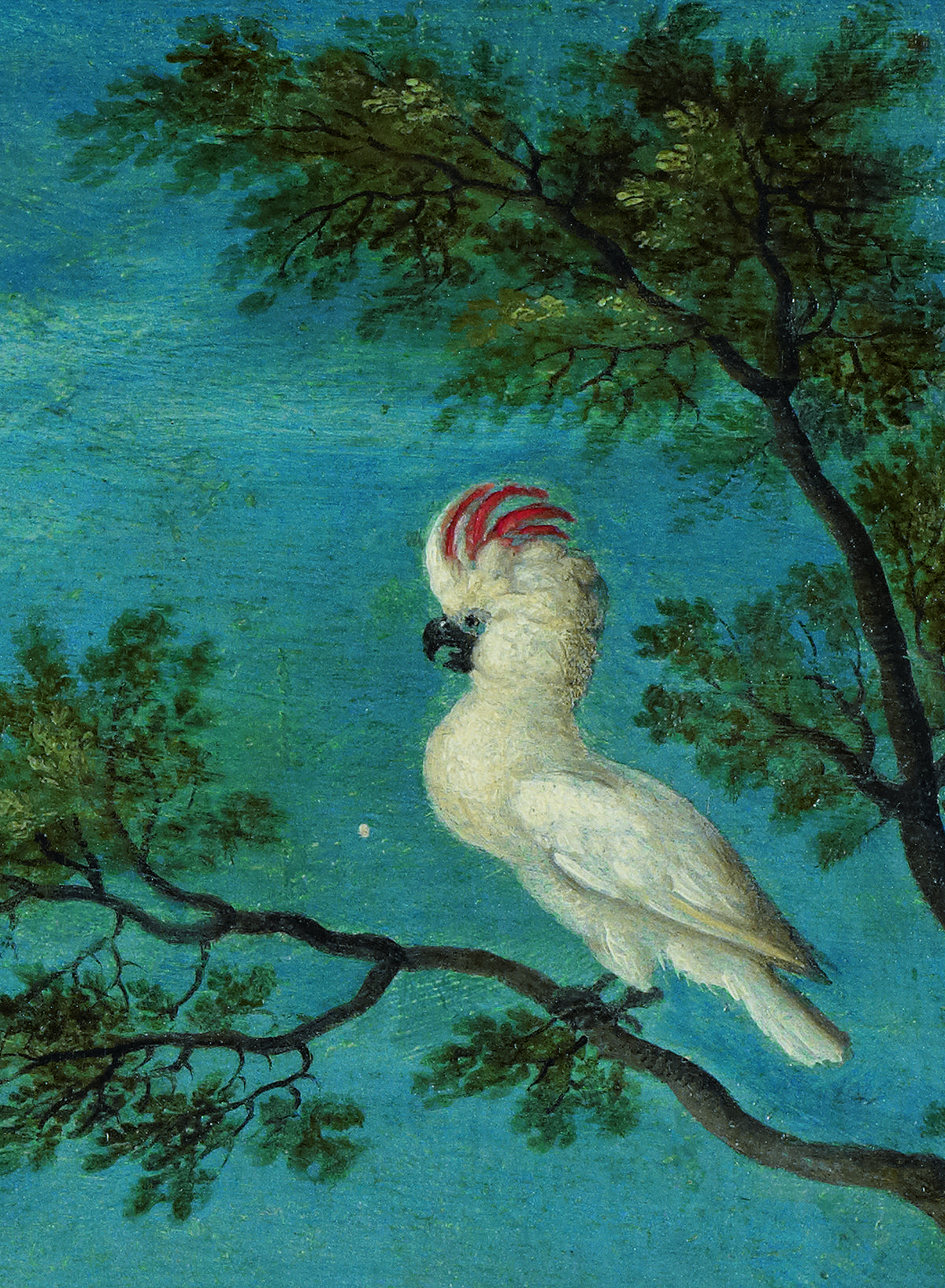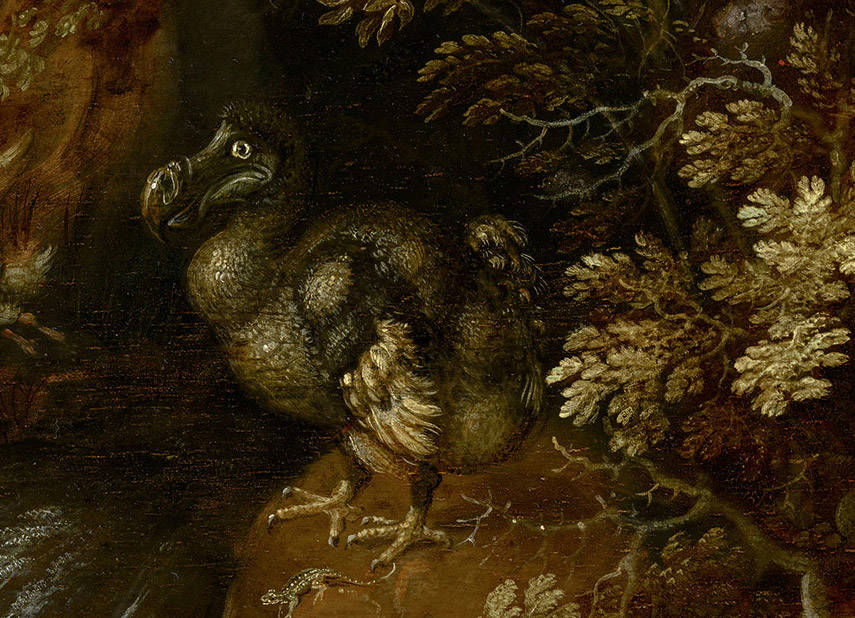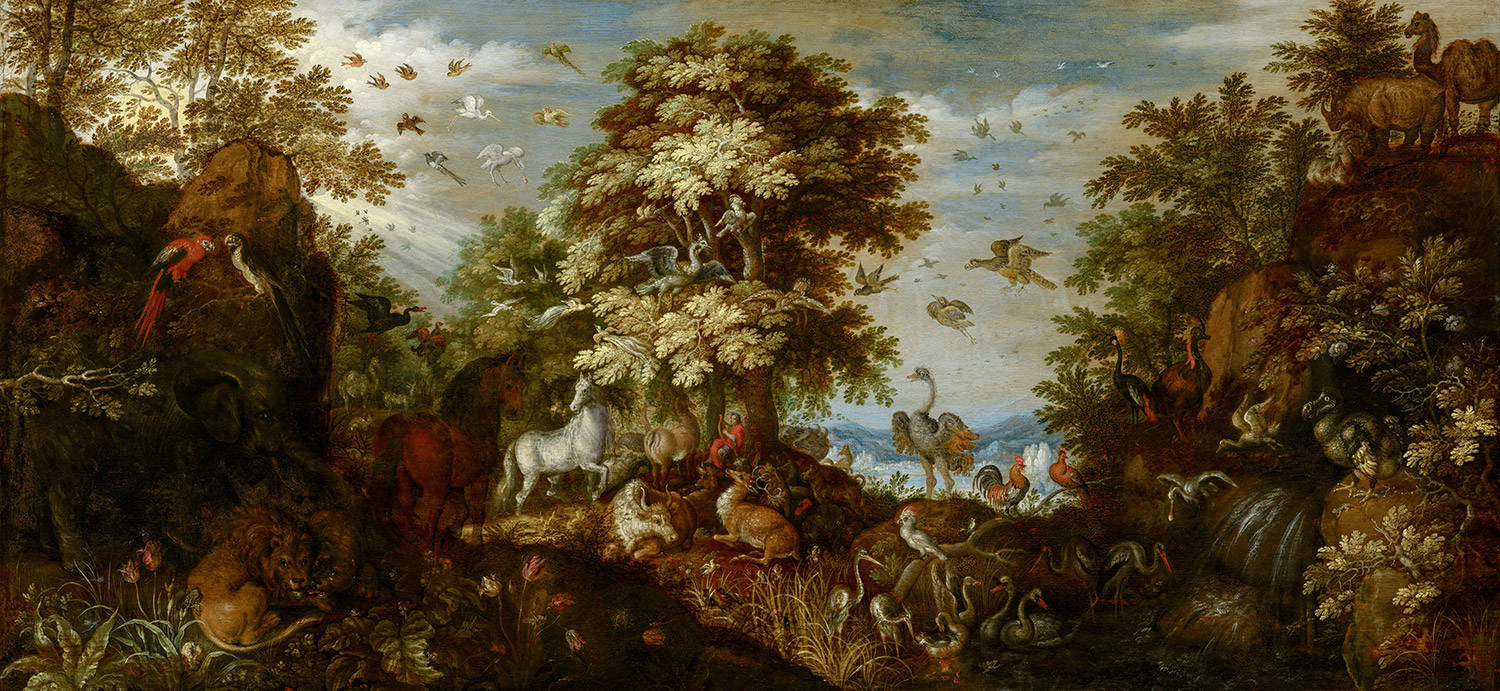About Roelant Savery
Roelant Savery was born in Kortrijk (Belgium) into a Protestant family. It was a tumultuous time, right in the midst of the Eighty Years' War against Spain. When Roelant was six years old, the Savery family was forced to flee to Haarlem.
A few years later, he became an apprentice to his ten-year-older brother Jaques in Amsterdam. The brothers worked together after Roelant completed his apprenticeship, until Jaques tragically passed away from the plague in 1603. Shortly thereafter, Roelant departed for Prague to work for the Habsburg Emperor Rudolf II, who was the greatest collector of his time.
Roelant Savery spent over a decade in Prague, where he would develop into an incredibly versatile artist. He drew inspiration from the vast world around him and specialized in forest and mountain landscapes, animal studies, and floral still lifes. He depicted flora and fauna in intricate detail, including new species brought from all over the world to Europe.
For an artistic polymath like Roelant Savery, the court of Rudolf II was a paradise. The emperor collected not only art and scientific instruments but also plants and animals. In the gardens of Rudolf's palace in Prague, Savery could personally study the wonders of nature. During the warm months of the year, the emperor sent him on expeditions to Tyrol to sketch the breathtaking landscapes. He marveled at the sights, including the Bohemian villages he visited.




